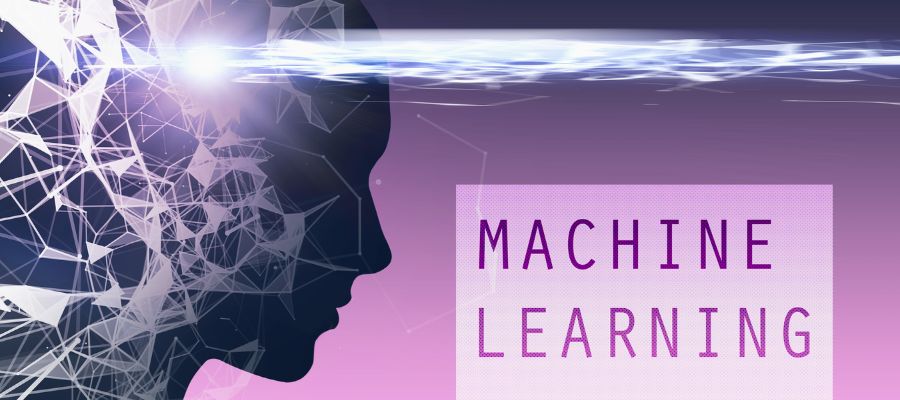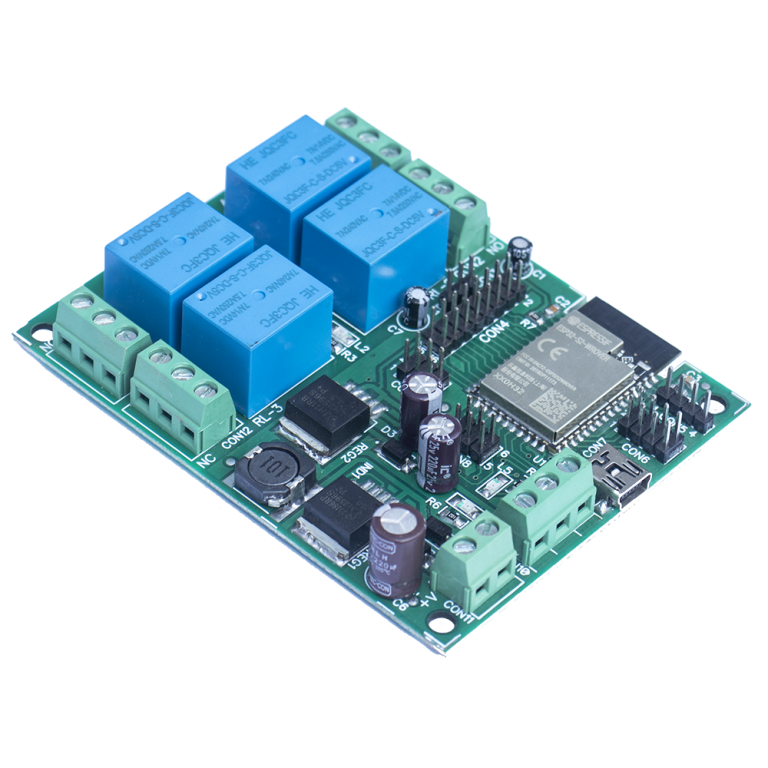Unleashing the Power of Arduino in Machine Learning and AI Applications
Exploring Arduino’s Role in Machine Learning and AI
Hardware Capabilities of Arduino Boards
Arduino boards, such as the Nano 33 BLE Sense, come equipped with microcontrollers boasting ample memory and processing power for running machine learning models. The Nano 33 BLE Sense, with its Arm Cortex-M4 microcontroller, 1 MB Flash memory, and 256 KB of RAM, stands as a prime example.
Optimizing Models for Microcontrollers
Techniques like quantization, converting model weights from floating point to 8-bit integers, make it feasible to deploy neural network models on memory-constrained devices like microcontrollers. This optimization not only ensures models fit into the limited memory but also accelerates inference calculations on lower clock-rate devices.
AI/ML Frameworks Tailored for Microcontrollers
Enterprises can leverage AI/ML frameworks designed for microcontrollers, such as AIfES. Written in C, AIfES facilitates on-device training sans the need for a PC. Its versatility extends to various hardware, including the modest 8-bit Arduino Uno, broadening the scope for implementing machine learning and AI applications.
Dive Deeper into Arduino’s Potential for Machine Learning
Air Quality Prediction
Combining Arduino development with machine learning, this project predicts future air quality by analyzing past temperature, humidity, pressure, and air quality levels. Sensors like the Adafruit BME 280 and the Laser PM2.5 Dust Sensor play pivotal roles in this endeavor.
Machine Learning-Based Circuit Breaker
Employing machine learning algorithms enhances the detection accuracy and robustness of circuit breakers, effectively identifying arc faults and optimizing the circuit breaker system.
Smart Grid Transmission Line Monitoring System
Utilizing machine learning for monitoring and anomaly detection in smart grid transmission lines improves the efficiency and reliability of the power system.
Health Monitoring System
Arduino’s versatility extends to health monitoring systems in hospitals, measuring and monitoring parameters like temperature, ECG, heart rate, and blood pressure.
Object Counting and Collision Avoidance System
Demonstrating the real-world application of machine learning with Arduino and Python, this project showcases the implementation of object counting and collision avoidance systems.
Conclusion
In essence, Arduino’s microcontroller boards prove instrumental in machine learning and AI applications. By capitalizing on their hardware capabilities, optimizing models for microcontrollers, and utilizing tailored AI/ML frameworks, the potential applications are vast. The showcased projects, ranging from environmental monitoring to power system optimization and healthcare, exemplify the diverse and practical integration of machine learning with Arduino.
You may also like:
What are the best resources for learning Arduino programming and projects?
What is AI? Why do we implement AI in the robots?


















